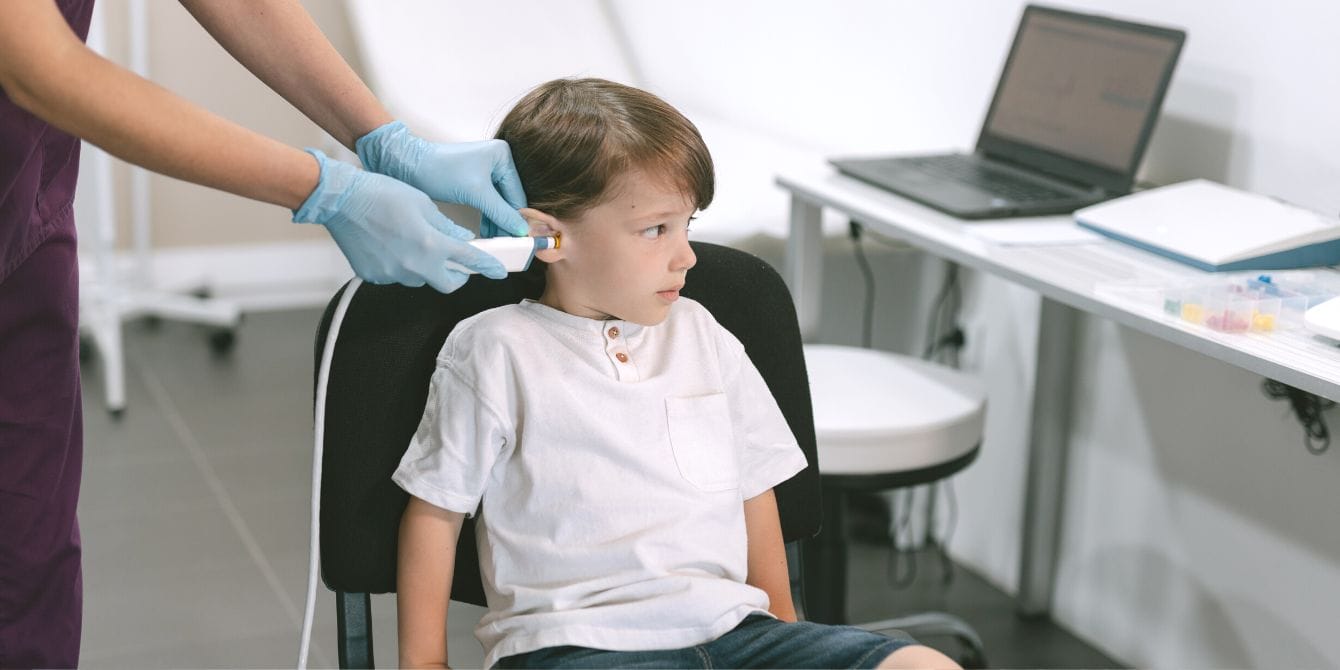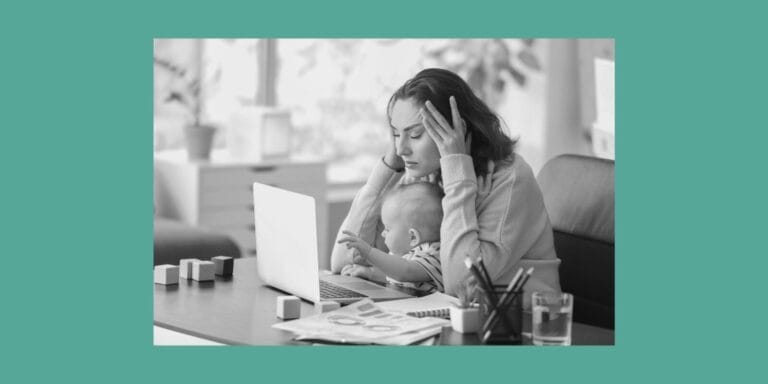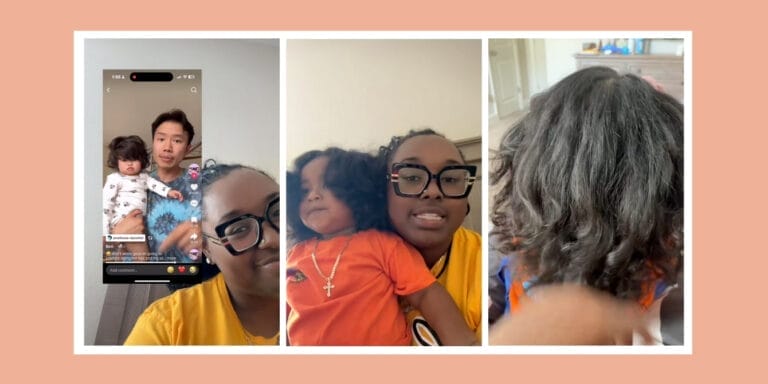AAP says hearing loss is a ‘public health hazard’ parents need to be proactive about

Ani Dimi/Stocksy
The AAP released guidelines on how to ensure you protect your children’s hearing.
When parents think about protecting their kids’ hearing, they tend to think of using ear protection headphones at firework shows, concerts, sporting events and monster truck shows in arenas. But the American Academy of Pediatrics (AAP) shared a statement on October 21, 2023, saying those events aren’t the only things we should be taking into consideration when it comes to protecting our children’s hearing.
The statement shared findings of research and studies done by experts, and the typical culprits of irreversible hearing damage and loss are things kids use possibly every day. It starts with infancy, and when children are exposed to these types of noises over a long period of time, it can cause hearing damage that is irreversible.
According to the statement, white noise machines can cause hearing loss. One study of 14 white noise machines raised concern that “sound levels of three machines exceeded occupational limits and that hearing damage could occur if machines were played for more than eight hours.” It’s recommended to keep the machines as far away from the child as possible.
“Background noise exposure” is another culprit for causing hearing loss, according to the statement. Research has shown that the average child has the TV on for four hours a day, even if it’s just background noise and they’re not actively watching. In addition to hearing loss, “Researchers conclude that background TV is disruptive to young children’s play even when they are not overtly paying attention to it,” the statement said.
Even certain noisy toys can cause hearing loss. As I’m sure all parents can attest, those awful toys that play music and sounds are way too loud. But in addition to being annoying, they can potentially be harmful for growing ears.
Per the statement, the Sight and Hearing Association recommended adjusting volume control on toys by turning it down, placing tape over speakers, removing batteries, or returning toys that are too loud.
“Standards for noise set for occupational settings may not be suitable to evaluate toy safety,” the statement said.
The one that most of our children use on a daily basis is the use of personal listening devices.
“Many younger children use headphones for entertainment and during remote learning sessions,” the statement said. “There is no mandatory standard to restrict the maximum sound output for headphones or other listening devices sold in the United States.”
Many manufacturers claim to limit the volume of headphones to a suitable decibel, but some headphones can produce volumes high enough to be hazardous to hearing in merely minutes, according to the statement.
“Although many headphones have volume-reduction features, some have design flaws allowing children to bypass them,” the statement said.
Sophie J. Balk, MD, FAAP, the study’s co-author and the attending pediatrician at Children’s Hospital at Montefiore, shared the biggest takeaway from the research in a Parents article. “Noise is underrecognized as a public health hazard so many people do not realize that going to a loud event—a celebration, a social dance, even a restaurant—can be harmful to their health. Infants’ and children’s auditory systems are rapidly growing and developing, so they may be especially sensitive to the harmful effects of noise at these events.”
Long-term excessive noise exposure can impact overall health and well-being, Dave Fabry, PhD said in a Parents article. “Those suffering from hearing loss often withdraw from social situations, and untreated hearing loss can lead to feelings of loneliness, and cause social isolation,” he said.
Hearing also affects speech and verbal language skills and development, Kiley Trott, MD, a pediatric ENT with Yale Medicine, and an assistant professor of surgery at Yale School of Medicine told Parents.


































